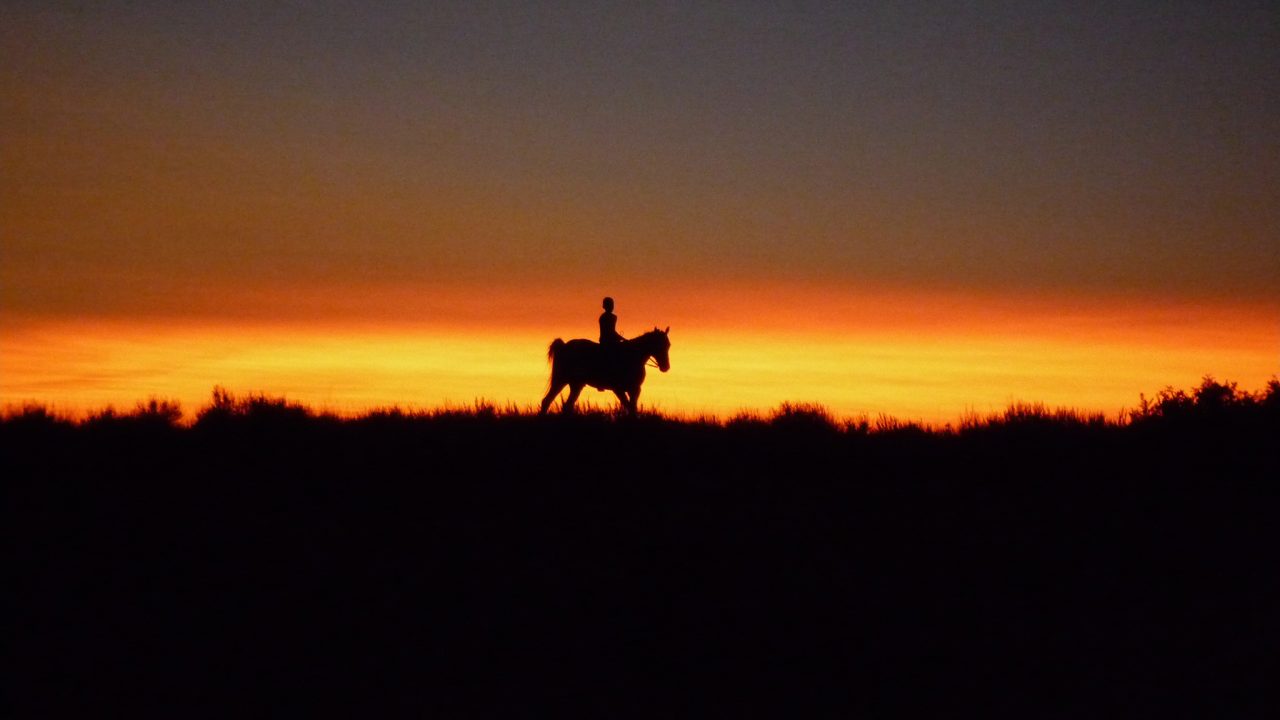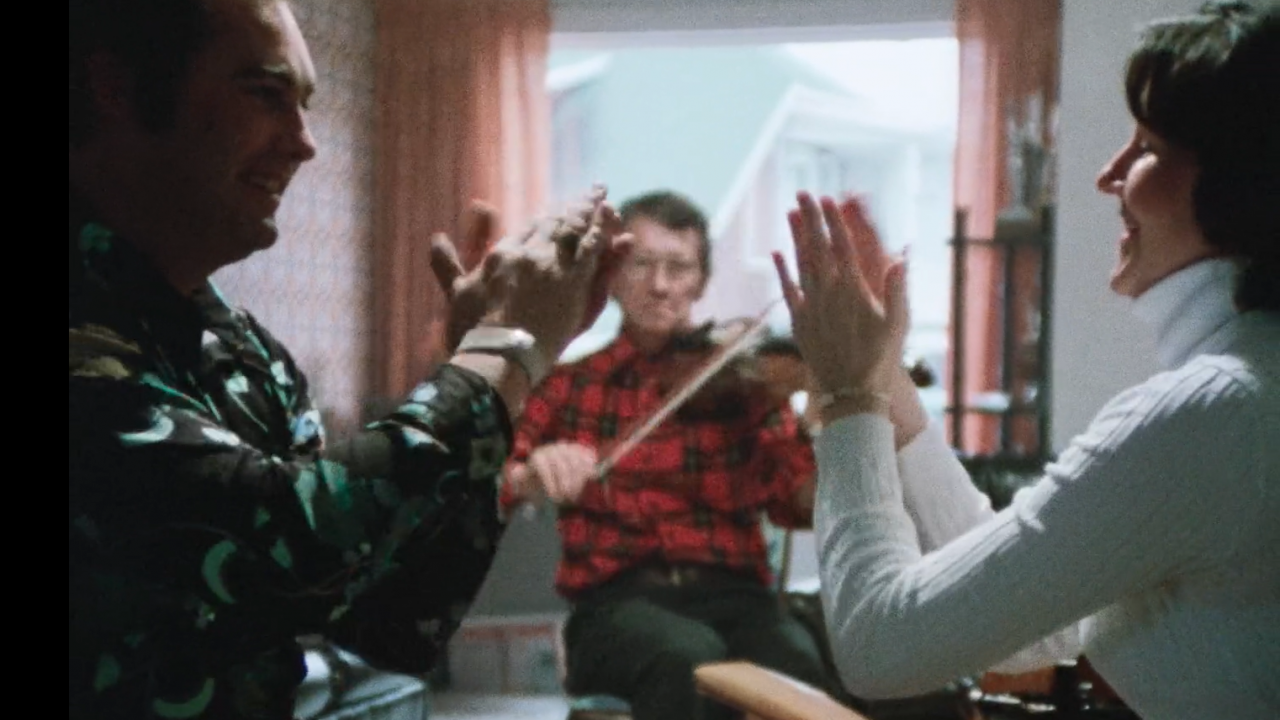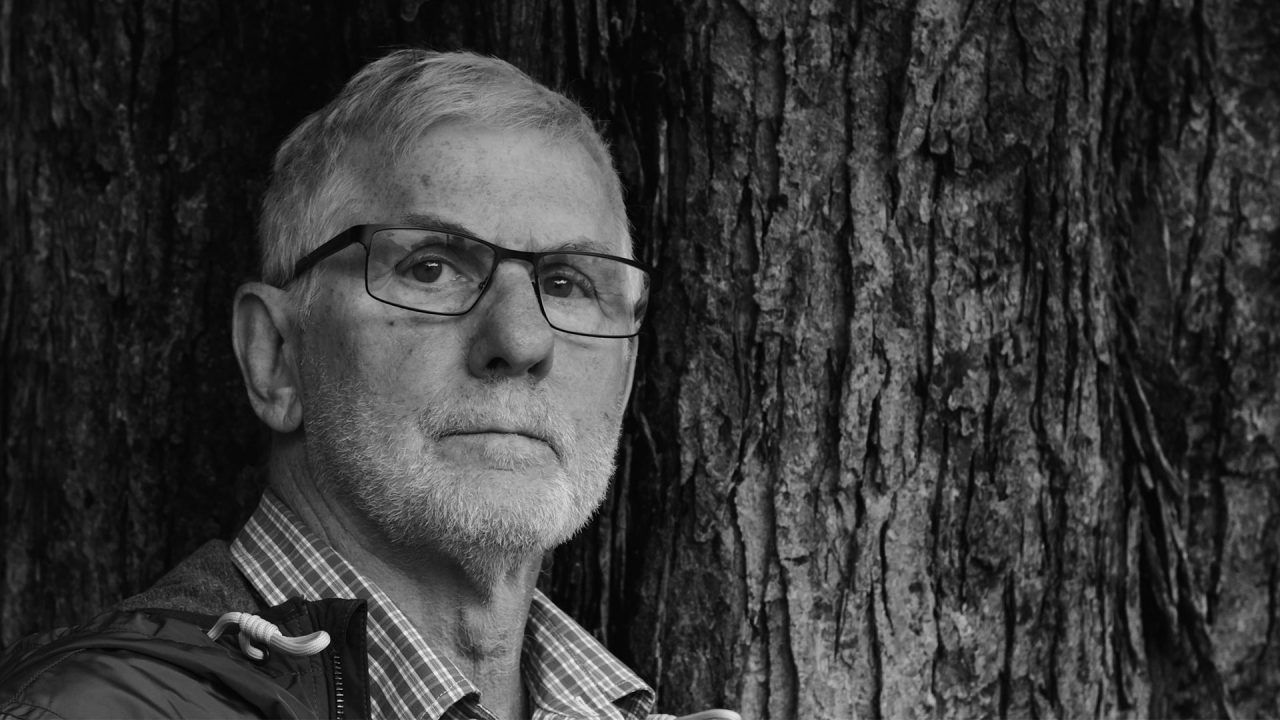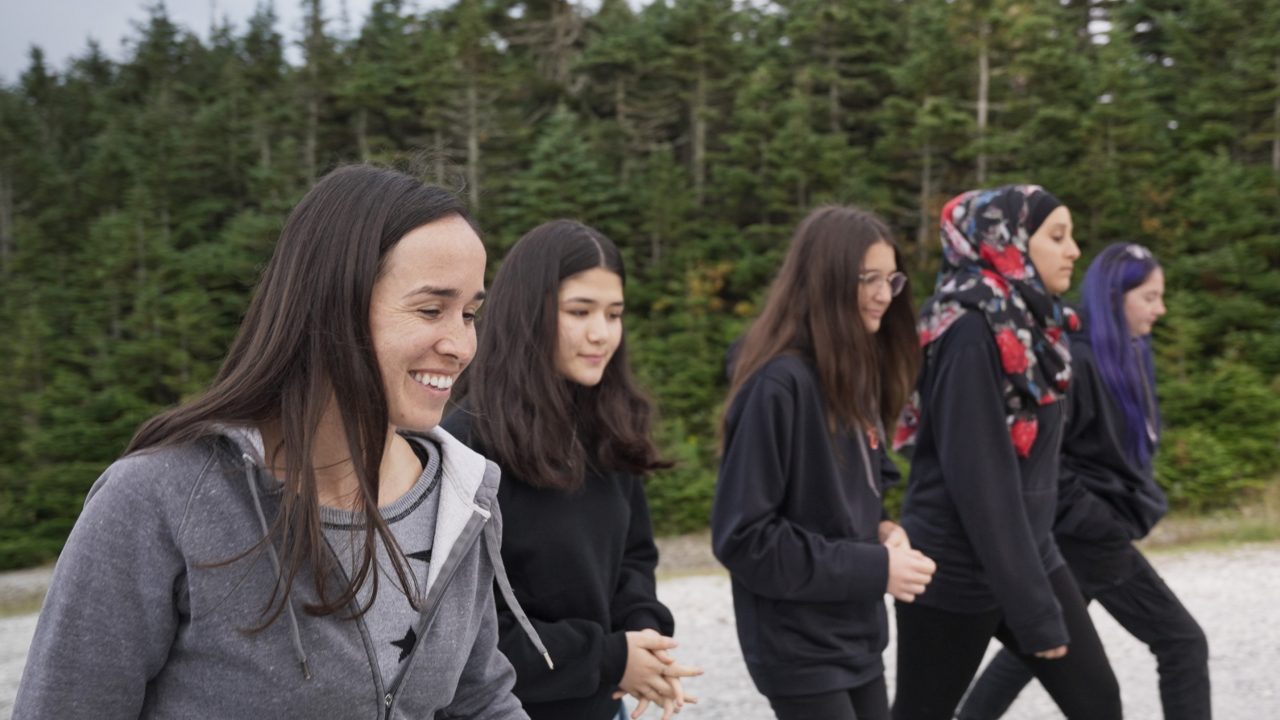
Higher Learning | Reel Injun
Higher Learning | Reel Injun
The documentary Reel Injun felt like a gift from the get-go. I first saw it when I was programming for the Toronto International Film Festival, and upon seeing it my fellow programmers and I knew there would be no debate about including it in the 2009 lineup.
The film recounts the rich and intensely complicated history of the representation of Indigenous Peoples on screens, both big and small. Using the narrative structure of a road trip to tie everything together, co-director Neil Diamond interviews a broad range of artists and activists, including Wes Studi, Adam Beach, Clint Eastwood and Sacheen Littlefeather, the woman who famously declined Marlon Brando’s 1972 Oscar on his behalf (to protest the treatment of Indigenous Peoples by America, and Hollywood in particular).
Reel Injun, Neil Diamond, Catherine Bainbridge & Jeremiah Hayes, provided by the National Film Board of Canada
As an educator, I feel the film is priceless. Diamond makes clear that these wild distortions of Indigenous lives were not benign and in fact had significant consequences. When discussing the film at its time of release, Diamond said that he had felt the impact himself. When he was 17 and first left the reservation he’d grown up on and arrived in Ottawa, he was inundated with questions from white people: Do you live in teepees? Do you ride horses? Their attitudes and misconceptions were part of the cumulative effect of thousands of representations of Indigenous Peoples.
From The Birth of a Nation (1915) to The Triumph of the Will (1935), cinema history is rife with examples of films that had devastating, negative influences—films that helped to oppress marginalized groups and shore up support for fascist dictatorships. The Western genre presents various challenges, in that it was one of the most influential and popular genres for decades, so it can’t be ignored, but it also features countless Indigenous stereotypes, from the ruthless warrior to the noble savage. Indeed, it’s impossible to teach early- to mid-20th-century American cinema without including the Western genre, in particular the films of John Ford.
Reel Injun provides the perfect accent to screening problematic Westerns. The film points to the damage done by the sheer number of distorted images, while also highlighting how messed up the philosophy of manifest destiny was (and is). When I screened this film after a Western from the ’40s or ’50s, the students were more enthusiastic about Reel Injun and were most eager to discuss it over the older Westerns.
The documentary also artfully corrects a misperception about Hollywood history: Indigenous people were in fact employed and working during Hollywood’s silent era, but were pushed out when the sound era arrived. Diamond also notes the long and strange history of white actors playing Indigenous characters (or redface).
Rather than only show the bad, Diamond and co-director/editor Jeremiah Hayes provide more recent examples of Indigenous filmmakers managing to tell their own stories through their own lens. Thus Reel Injun has a satisfying story arc, something Diamond says was carefully crafted in the editing room. “We had so much material to pore over,” he told me in 2009. The audience is guided on a journey, from misrepresentation to self-representation, as a series of interviews with Indigenous filmmakers unfolds. We see scenes from such recent landmarks as Once Were Warriors (1994), Whale Rider (2002), Smoke Signals (1998) and Atanarjuat (2001).
So Reel Injun completes the dual tasks of showing the results of thousands of warped depictions and underlining the importance of self-authorship. Best of all, it is incredibly informative while remaining highly entertaining and engaging. It fits perfectly into a film history or documentary class. It doesn’t hurt that Diamond is always willing to come to class to discuss the making and reception of the film.
One thing Diamond kept hearing as he travelled from interview to interview while making the film: “Everyone said it was such a good idea for a feature documentary, they were surprised it hadn’t been done before.”
Matthew Hays teaches film studies at Marianopolis College and Concordia University.
Access CAMPUS Exclusive Resources
To access Reel Injun, please login to your CAMPUS account.
You might already be signed up to CAMPUS Exclusives through your school board. You can verify here.
For more information about CAMPUS Exclusives, click here.
Pour lire cet article en français, cliquez ici.
Discover more Educational blog posts | Watch educational films on NFB Education | Watch educational playlists on NFB Education | Follow NFB Education on Facebook | Follow NFB Education on Pinterest | Subscribe to the NFB Education Newsletter



